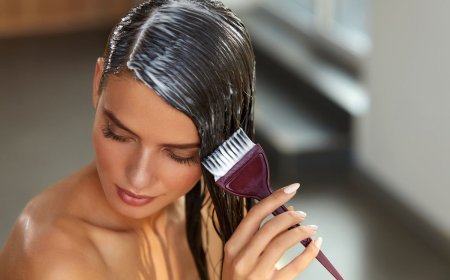Essential Oils for Perfume: How to Create Your Signature Scent
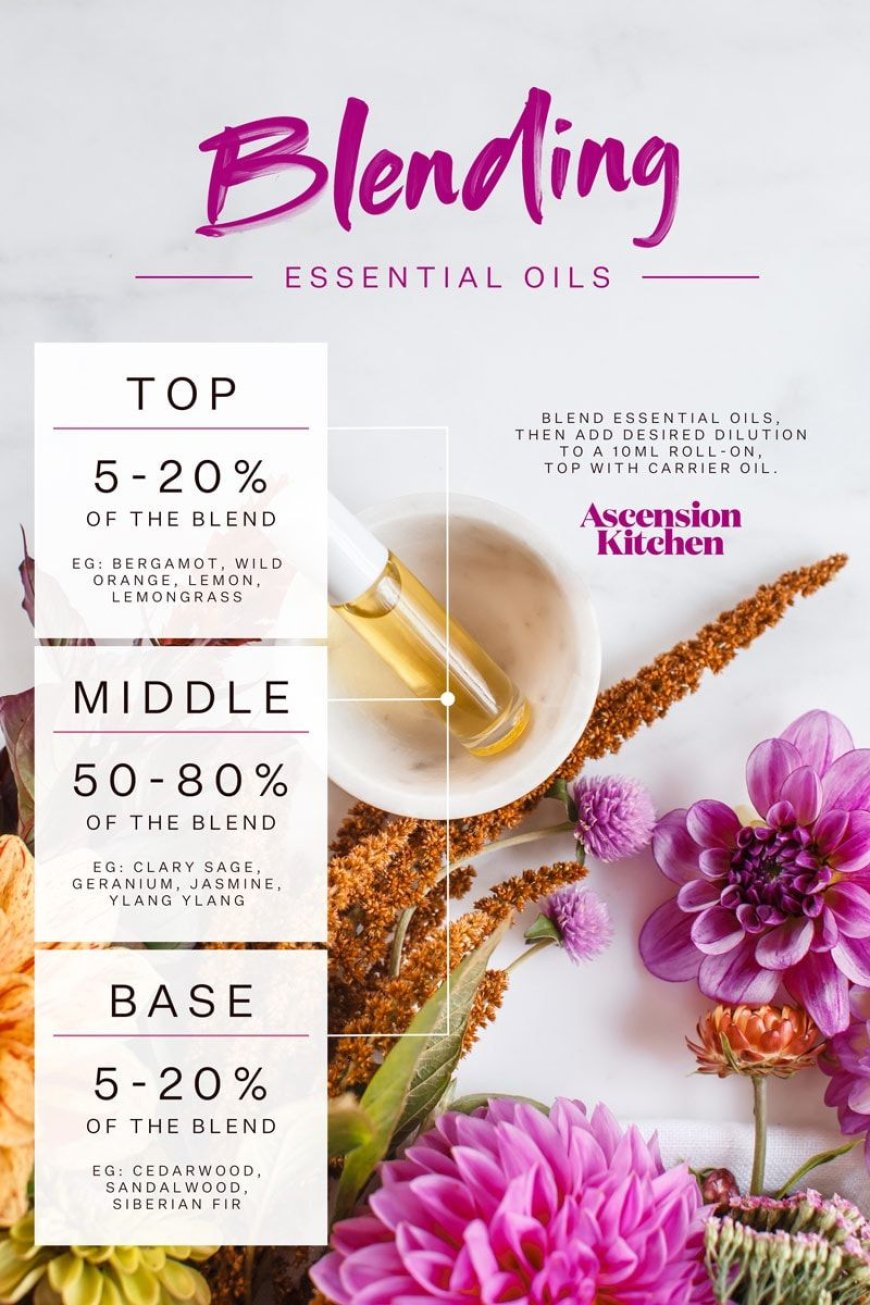
Creating a signature scent using essential oils is an evocative journey that intertwines the art of perfumery with the therapeutic benefits of nature’s aromatic compounds. In a world inundated with synthetic fragrances, crafting a personal blend offers not only a unique olfactory experience but also a profound connection to one’s own identity and preferences. This article delves into the nuanced process of creating an alluring and individualized perfume using essential oils, highlighting the interplay of scents, their histories, and their emotional resonance.
The Essentials of Scent Composition
At the heart of perfumery lies the concept of fragrance notes, which categorize scents into three main groups: top, middle (or heart), and base notes. This triad forms the olfactory pyramid that guides the blending process.
Top notes are the initial scents that greet the olfactory senses upon application. These are often light and refreshing, evaporating quickly but leaving a lasting impression. Common top notes include citrus oils such as bergamot and lemon, as well as herbal notes like basil and mint.
The middle notes emerge once the top notes dissipate. These essential oils provide the main body of the fragrance, encompassing floral, fruity, and spicy aromas. Lavender, geranium, and ylang-ylang are quintessential middle notes, offering depth and complexity to the scent profile.
Base notes are the foundation of any signature scent, lingering longest on the skin. These richer oils create a lasting impression and contribute to the perfume’s longevity. Examples include sandalwood, patchouli, and vanilla. The intrigue of a well-crafted fragrance lies in the harmonious interplay of these three layers, ensuring each component enhances the others.
Choosing Your Essential Oils
With an understanding of the structural elements of fragrance, the next step is selecting the right essential oils to reflect personal style and preference. The exploration of essential oils is a journey in itself, each possessing unique characteristics and histories. For instance, jasmine has long been revered in perfumery for its enchanting aroma, often associated with romance and seduction. Conversely, cedarwood evokes a sense of groundedness and connection to nature.
When selecting essential oils, consider the desired mood or effect. For an invigorating perfume, citrus oils can impart a sense of energy and freshness. Alternatively, if a calming and soothing aroma is preferred, oils such as chamomile or lavender may be more suitable. Experimentation is key; blend various oils to discover combinations that resonate on both a personal and emotional level.
The Alchemy of Blending
Blending essential oils requires both a scientific approach and an artistic touch. Begin with a basic ratio of essential oils: a standard formulation might consist of 30% top notes, 50% middle notes, and 20% base notes. However, adjustments can be made according to preferences and specific scents. Herein lies the beauty of personal expression through aromatics—a seemingly simple endeavor can lead to profound revelations about oneself.
To illustrate the blending process, consider creating a floral fusion. One might combine essential oil of bergamot (a top note), lavender (a middle note), and sandalwood (a base note). Start with a small batch to test the balance and adjust as necessary. A drop-by-drop approach permits fine-tuning, enabling the creator to hone in on their ideal scent profile.
It is beneficial to document the blending process meticulously. This allows for future replicability and provides insights into the evolution of the fragrance. Scent perception can be subjective and may change according to environmental factors or emotional state, making notes essential for recall and refinement.
Safety Considerations in Essential Oil Usage
While essential oils are celebrated for their myriad benefits, it is imperative to approach their use with caution. Certain oils can cause skin irritation or adverse reactions, particularly when used undiluted. Conduct a patch test on a small area of skin prior to broad application to ascertain tolerance. Additionally, awareness of contraindications is crucial; some oils should be avoided during pregnancy or with certain medical conditions.
It is also worth noting that the quality of essential oils varies significantly. Opt for pure, therapeutic-grade oils to ensure safety and efficacy. Reputable suppliers often provide detailed information regarding the sourcing, extraction methods, and chemical composition of their oils, establishing a baseline of trust.
The Art of Application
The way in which a perfume is applied can influence the overall experience. Traditional application points include pulse points such as the wrists, neck, and behind the ears. These areas generate heat, amplifying the scent’s projection. However, some prefer to apply perfume directly onto clothing or hair, creating a subtle cloud of fragrance that lingers throughout the day.
Another intriguing application technique involves using essential oils in personal care products, such as body lotions or hair serums. This allows for a more gradual release of fragrance while imparting additional benefits to the skin or hair.
The Importance of Personal Connection
Beyond the technicalities of creating perfume lies an often-overlooked aspect: the emotional connection to scent. Fragrance has an unparalleled ability to evoke memories and elicit emotional responses, creating personal narratives tied to specific aromas. When crafting a signature scent, consider the memories associated with particular essential oils. Perhaps lavender brings forth recollections of summer evenings spent outdoors, while sandalwood evokes moments of tranquility and meditation.
By intertwining personal history with fragrance, the act of creating a signature scent evolves into a tapestry of experiences, emotions, and individuality. Each spritz serves as a reminder of the complexity of one’s existence—a fragrant expression of self.
Conclusion: The Endless Possibilities
Creating your signature scent with essential oils represents a harmonious blend of science, art, and self-exploration. From understanding scent composition to selecting oils that resonate with personal narratives, the process invites curiosity and experimentation. In a market saturated with mass-produced fragrances, the ability to craft a unique scent fosters a profound sense of identity and connection to nature.
As one embarks on this aromatic journey, the possibilities are indeed endless. Whether seeking an invigorating daytime fragrance or a calming evening scent, each blend serves as a testament to individuality. The allure of essential oils transcends mere aesthetics, inviting individuals to forge a relationship with their scents and, in turn, with themselves.
What's Your Reaction?
 Like
0
Like
0
 Dislike
0
Dislike
0
 Love
0
Love
0
 Funny
0
Funny
0
 Angry
0
Angry
0
 Sad
0
Sad
0
 Wow
0
Wow
0

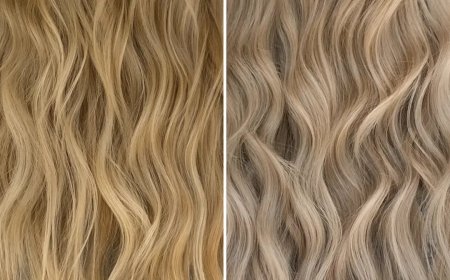
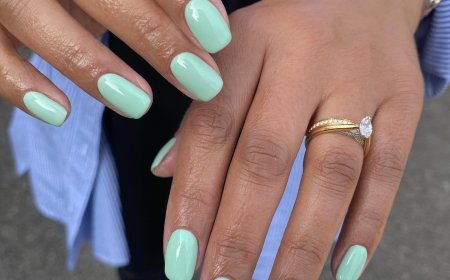
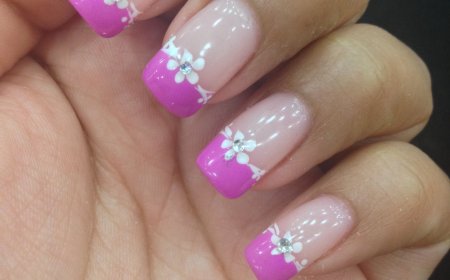





:max_bytes(150000):strip_icc()/drugstore-retinol-creams-tout-f76b9d2796e34eaa8376801c83fb1888.jpg)
